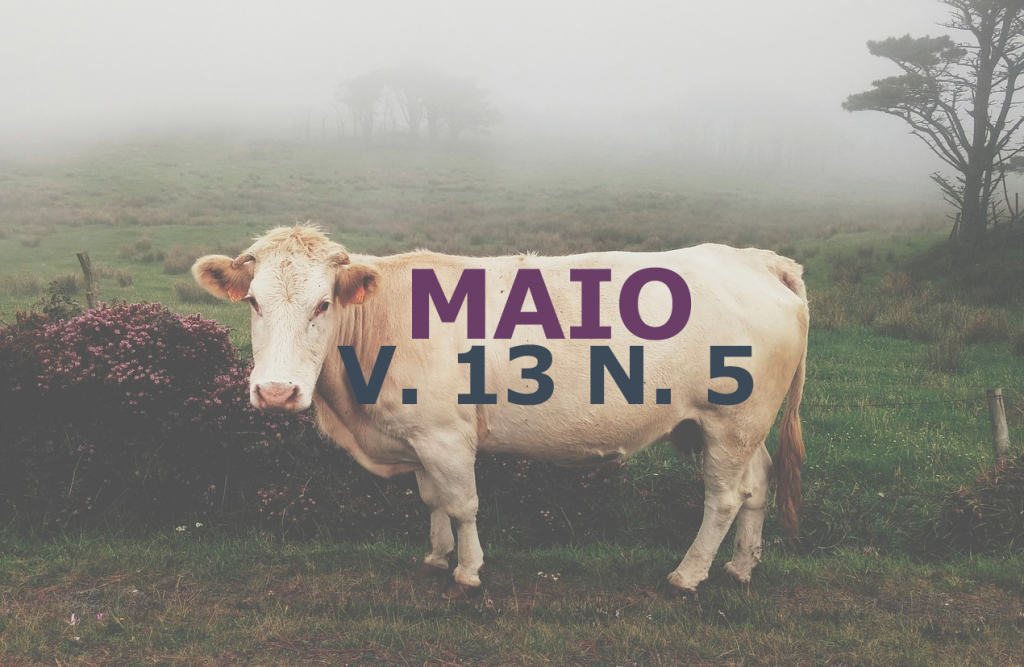Blood cortisol and carcass quality of broilers slaughtered by Halal method or stunned by eletronarcosis
DOI:
https://doi.org/10.31533/pubvet.v13n5a323.1-11Keywords:
carcass, chicken, cortisol, eletronarcosis, halal, quality, stunnedAbstract
Brazil is the largest exporter of broiler chickens in world. This prominent position is accomplished by service the demands of consumers markets with incisive requirements, requiring investments in environmental sustainability and animal welfare. Among these markets, the countries of Islam religion have considerable importance for Brazilian exports. This study aimed to assess blood cortisol and chicken carcass quality slaughtered by the Halal method without stunning, required by Islam, with others stunned by electro narcosis prior the slaughter, according to humanitarian normal rules. Serum levels of blood cortisol have been performed to evaluate the immediate stress and the experimental design was completely randomized. It also assessed the carcass quality of animal housing slaughtered by both methods seeking to identify changes that show non-compliance with the animal welfare standards, depreciating therefore the carcass quality. It was found that there was a statistical difference between the different methods of slaughter, and that the halal method, although there is stunning, showed less stress animals found after analysis of the blood cortisol measurement. By the comparison of the quality of housing also performed better than the animals were stunned by electro because they were not identified changes gore or characteristic employment splashed of electricity. We conclude that from the perspective of stress and carcass quality at slaughter Halal method is superior to the slaughter of animals for electro.
Downloads
Published
Issue
Section
License
Copyright (c) 2019 Paulo Vinícius da Costa Mendes, Heloisa Pinto de Godoy Siqueira, André Buzutti de Siqueira, Luiz Francisco Prata

This work is licensed under a Creative Commons Attribution 4.0 International License.
Você tem o direito de:
Compartilhar — copiar e redistribuir o material em qualquer suporte ou formato
Adaptar — remixar, transformar, e criar a partir do material para qualquer fim, mesmo que comercial.
O licenciante não pode revogar estes direitos desde que você respeite os termos da licença. De acordo com os termos seguintes:
Atribuição
— Você deve dar o crédito apropriado, prover um link para a licença e indicar se mudanças foram feitas. Você deve fazê-lo em qualquer circunstância razoável, mas de nenhuma maneira que sugira que o licenciante apoia você ou o seu uso. Sem restrições adicionais
— Você não pode aplicar termos jurídicos ou medidas de caráter tecnológico que restrinjam legalmente outros de fazerem algo que a licença permita.





